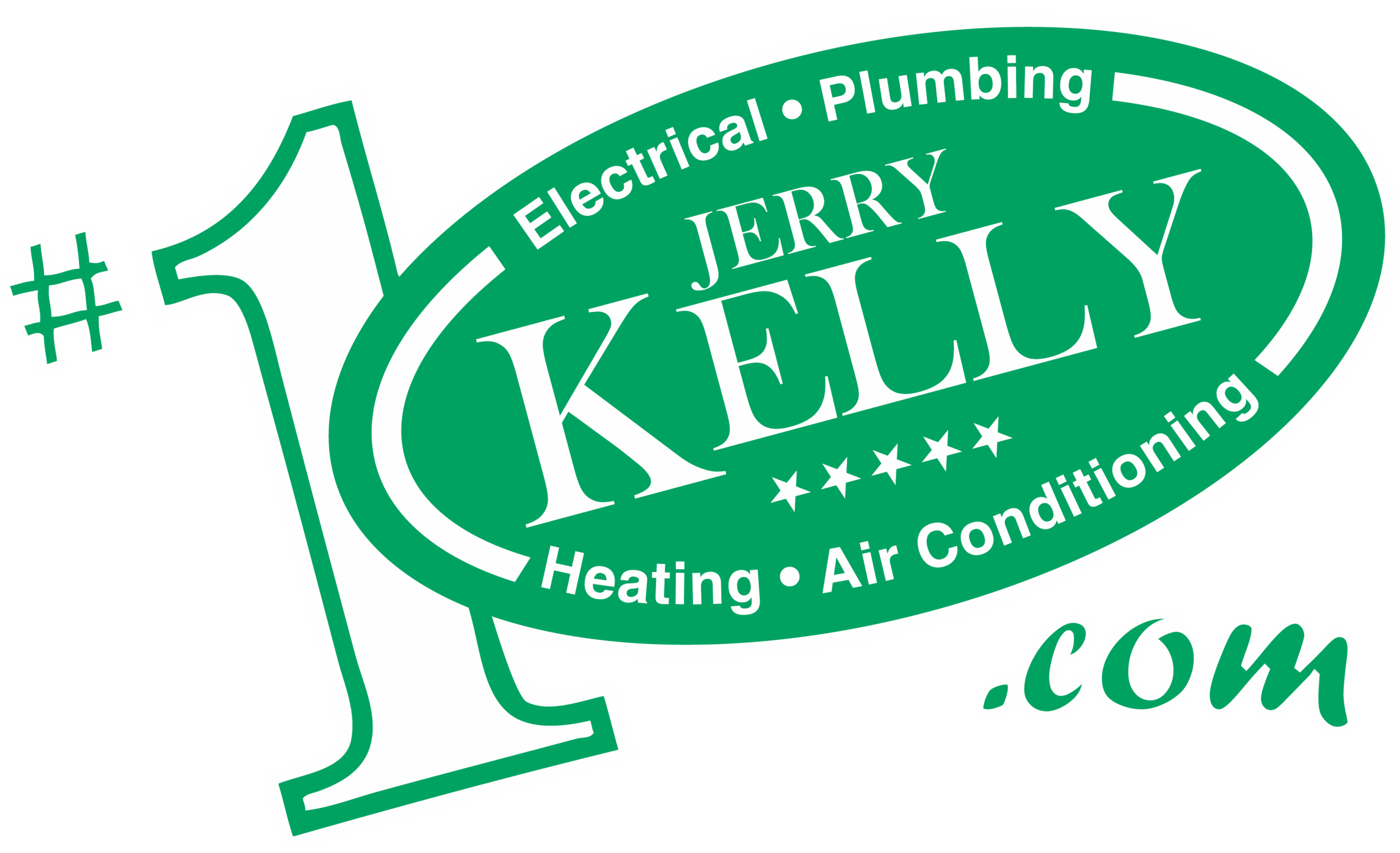There have been many advances in the heating and cooling industry over the past couple of decades alone. And when homeowners hear about some of these changes, they sometimes ask, “Do new furnaces work differently than old furnaces?” This is a great question that depends on the age and style of your current furnace. Today we’re going to talk about some of the major differences between old and new furnaces so that you know what to expect when replacing your old system!
New furnaces vs. old furnaces: General differences
Furnaces today can heat your home much more evenly and efficiently than older furnaces. One way that they have been able to achieve these improvements is by blowing more air over the heat exchanger. If you’re upgrading from an old furnace to a new furnace, this might mean that you hear more noise from your air handler. However, there are ways to minimize this noise (as you’ll see below).
In addition, some older furnaces use expensive energy sources like electricity to heat your home. Unless you’re installing a heat pump, gas is the most efficient and least expensive energy source for heating your home, and that change could be a big difference between your old and new systems.
New furnaces vs. old furnaces: New heating technology that’s available
Although furnaces still operate in generally the same way as they used to, there have been many new technologies that have emerged that allow heating systems to operate more efficiently and effectively. One example of this is a variable speed air handler. Unlike older air handlers, which only operate at a single speed, variable speed air handlers operate at multiple speeds depending on airflow requirements at any given time. This not only helps save energy but also allows your system to operate more quietly.
Another example of new furnace technology is dual-stage heating. Unlike older furnaces that can only operate at full capacity, furnaces with dual-stage heating have a high and a low setting. The low setting is used about 75 percent of the time, which saves a whole lot of energy, and the high setting only kicks on when it’s extremely cold outside.
New furnaces vs. old furnaces: Possible differences in venting
Another big difference that you might notice between your old and new furnace is how it vents combustion gases. Older furnaces always vented their gases out of a vertical vent that extended out of the roof. The highest efficiency furnaces available today use more heat out of the gas that they consume. As a result, they have a different venting process that uses PVC pipes that lead out the side of your home.
If you have any questions about the difference between new furnaces and old furnaces, or if you’d like a heating and cooling system serviced or installed in your home, contact Jerry Kelly Heating, Air Conditioning, Plumbing, & Electrical, your St. Louis heating and air conditioning contractor. We service the St. Louis area, including towns like Clayton, Cottleville, and Creve Coeur, MO.

